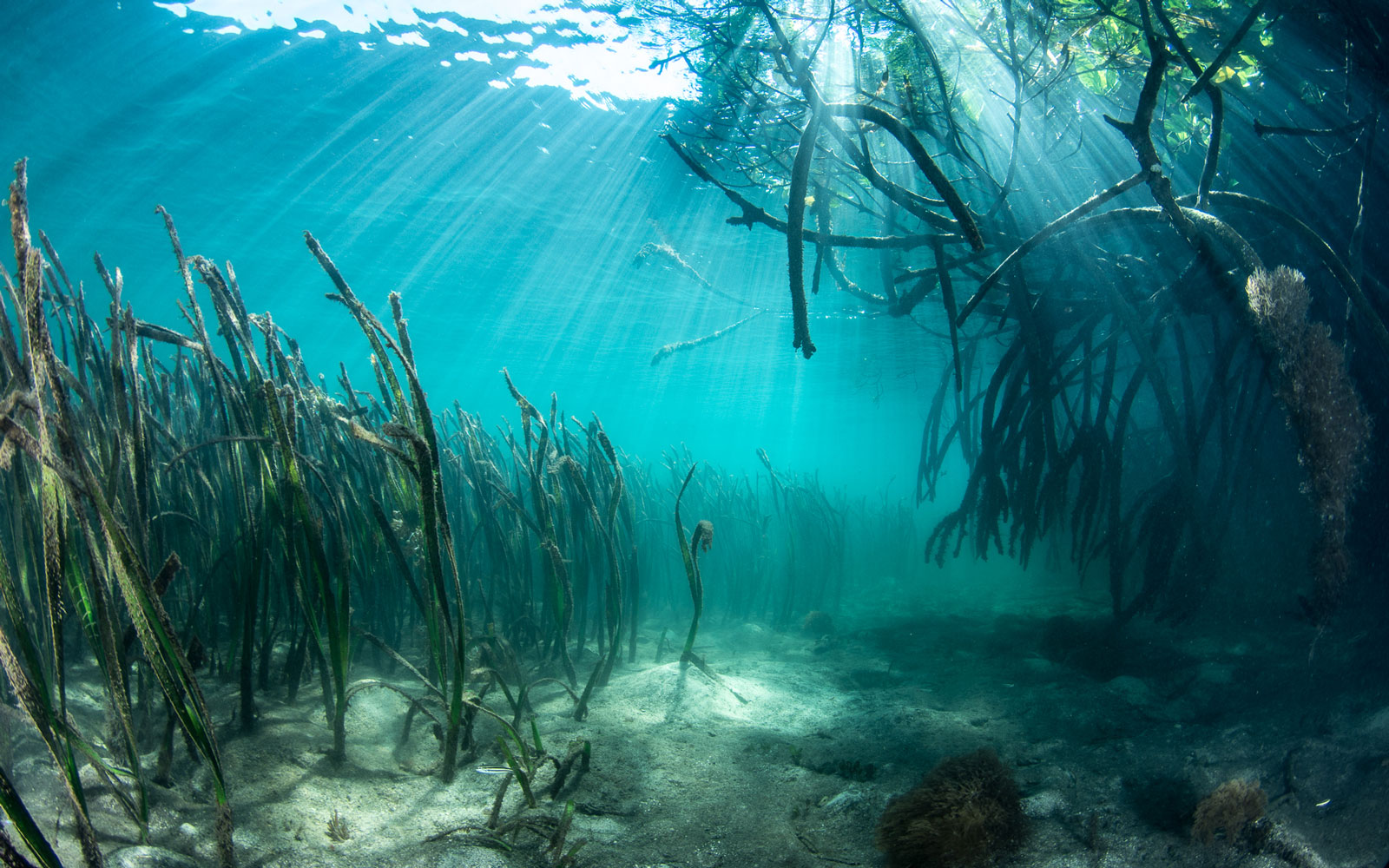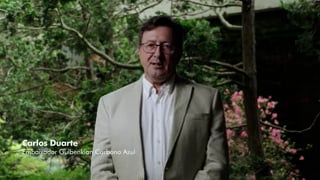
Gulbenkian Blue Carbon
Promoter: Calouste Gulbenkian Foundation
Territorial scope: National
Duration: 2022-2023
SDG: 13. Climate Action; 14. Life Below Water

Blue carbon is the term used for carbon captured and stored by marine and coastal ecosystems – blue carbon ecosystems.
Gulbenkian Blue Carbon is a project to kick-start investment in blue carbon ecosystems in Portugal, which are essential to protecting biodiversity and fighting climate change. With this project, the Calouste Gulbenkian Foundation will map and characterise the blue carbon ecosystems that, from north to south of the country, have the potential to sequester carbon dioxide. The information collected will enable the creation of a portfolio of interventions for the conservation and restoration of these ecosystems, which will then be made available to companies and other agents interested in investing in blue carbon in Portugal.
The initiative has the following priorities:
- Identify, map and characterise (size, condition, annual carbon sequestration rate, among other characteristics) marine and coastal ecosystems rich in blue carbon, in mainland Portugal;
- Determine, based on this mapping, the most appropriate conservation or restoration measures, including valuation, and create a national portfolio of blue carbon ecosystem interventions. This information will be made available to entities wishing to invest in these areas or to offset their carbon footprint, as an alternative to offsetting it through reforestation projects, for example;
- Design a policy brief on blue carbon potential in Portugal, with a view to creating a voluntary blue carbon market in the country.
Pioneering project in Portugal
This is an innovative project in Portugal as it is the first time that blue carbon ecosystems will be mapped and characterised in the country, with a view to facilitating investment in this area. To demonstrate the project’s potential and to attract other investors, the Calouste Gulbenkian Foundation will be the first to invest in the portfolio, by financing a pilot conservation or restoration project in one of the areas identified. Through this funding, the Foundation will offset its unmitigable carbon footprint from 2021.
Gulbenkian Blue Carbon will act as a driver for the blue carbon market in Portugal, creating a network of potential financiers interested in supporting these projects.
The project is spearheaded by the Calouste Gulbenkian Foundation and is developed in partnership with CCMAR – the Algarve Centre of Ocean Sciences part of the University of Algarve, and ANP | WWF – Associação Natureza Portugal in collaboration with the WWF.
Blue carbon is the term used for carbon captured and stored by marine and coastal ecosystems, i.e., the amount of carbon dioxide removed from the atmosphere by these ecosystems to reduce the impact of greenhouse gases (GHG) on the atmosphere.
In Portugal, blue carbon ecosystems include tidal marshes, seagrass meadows and kelp forests (there are no mangroves in Portugal as these ecosystems are typically found in tropical climates).
The carbon sequestration rates of marine ecosystems are much higher than those of terrestrial ecosystems, making them a nature-based solution to climate change.
Marine ecosystems are able to take up and store large amounts of carbon thanks to their high rates of photosynthesis (which makes organic compounds out of the carbon dioxide the plants absorb) and the ability of their sediments to break down organic matter very slowly and limit the production and emission of carbon dioxide back into the atmosphere.
Although they occupy much smaller areas than the planet's terrestrial forests, they sequester carbon at a much faster rate (at least eight times faster) and store it in sediments for hundreds (if not thousands) of years, giving them enormous potential for mitigating climate change.
These ecosystems also serve as buffer zones for the impacts of coastal storms—they reduce the risk of flooding, improve water quality and support biodiversity, for example—thus acting as a high impact solution for climate change adaptation.
However, climate change itself is affecting these ecosystems. Extreme weather events, rising sea levels and rising temperatures can damage the systems, leading to massive amounts of trapped carbon being released back into the atmosphere, so restoring these ecosystems is urgent and vital.

No results were found for your criteria.
Project Ambassador
Carlos Duarte, Researcher & Executive Director at Global Coral Reef R&D Platform and Distinguished Professor at the King Abdullah University of Science and Technology. Following his research showing mangroves, seagrasses, and salt marshes to be globally relevant carbon sinks, Carlos Duarte and others developed the concept of “blue carbon” as a nature-based solution to climate change. Thus, considered as the “father” of the Blue Carbon concept, he has conducted research across all continents and oceans, from inland to near-shore and the deep sea, from microbes to whales.
Sustainable Development Goals
This project contributes to the following SDG targets
Target 13.1
Strengthen resilience and adaptive capacity to climate-related hazards and natural disasters in all countries.
Target 13.3
Improve education, awareness-raising and human and institutional capacity on climate change mitigation, adaptation, impact reduction and early warning.
Target 14.2
By 2020, sustainably manage and protect marine and coastal ecosystems to avoid significant adverse impacts, including by strengthening their resilience, and take action for their restoration in order to achieve healthy and productive oceans.
Target 14.5
By 2020, conserve at least 10 per cent of coastal and marine areas, consistent with national and international law and based on the best available scientific information.
